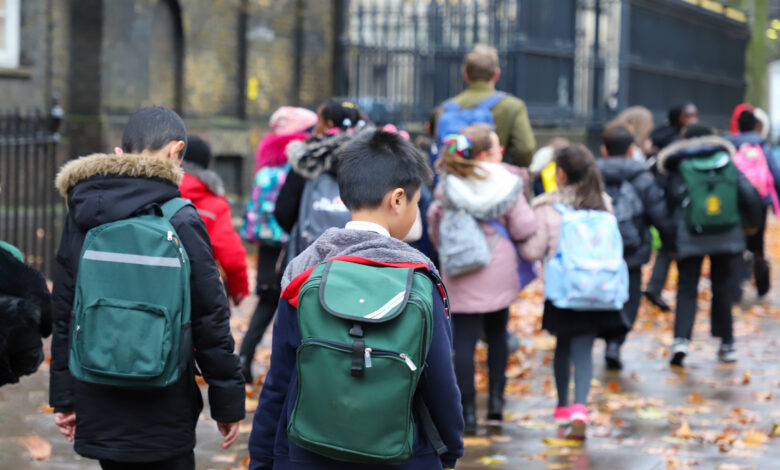Students from ethnic communities facing widespread racism, study finds
New research from the Education Review Office (ERO) has found despite increasing ethnic diversity, racism is still an issue in classrooms.

A new report from the Education Review Office (ERO) has found that although students from ethnic communities – African, Asian, Latin American and Middle Eastern – achieve highly in schools, racism is still a widespread issue in our school communities.
Learners from ethnic communities are more likely to achieve well in NCEA and go onto tertiary education. However, these same learners encounter racism and isolation, and may not have their cultural needs met in our education system.
Read the Term 1 edition of School News HERE.
The report, titled “Education For All Our Children: Embracing Diverse Ethnicities”, found that in just 20 years, a quarter of Aotearoa New Zealand’s ākonga will be from an ethnic community. In Auckland, 2 out of 5 learners will be of Asian descent. More than two thirds of learners from ethnic communities are born in New Zealand. Many identify with multiple ethnicities, and more than half are multilingual.
One in five learners, or 20% of learners from ethnic communities have experienced racist bullying in the last four weeks, and over half have witnessed bullying which targets an individual’s ethnicity. Both learners and their whānau believe racist bullying needs to be better identified and addressed in schools. Almost a third of ākonga from an ethnic community do not believe their school takes racial bullying seriously.

Ākonga have reported that their wellbeing is affected by racism in school environments. Almost 20% of learners said they do not belong at school, and a third say they feel lonely at school. Almost 20% of learners said they felt they needed to hide their ethnic identity, or else felt excluded for their ethnic identity. Middle Eastern, Latin American or African (MELAA) students report particularly low wellbeing.
Ākonga also face racialisation from teachers or schools themselves. More than a quarter of secondary students from ethnic communities reported that teachers’ course recommendations were influenced by ethnicity. This was supported by a further finding that teachers’ understanding of diverse cultures isn’t keeping up with our changing population. Ethnic communities are also poorly represented in the teaching workforce; one example is that only 5% of teachers are Asian. Over half of teachers report that they aren’t confident about connecting with ethnic communities.
Zooming out, whānau from ethnic communities report that they find information about their child’s learning “insufficient or confusing”, and they are poorly represented on School Boards. As an example, Asian parents only make up 2% of parents on School Boards.
The report presented five concluding focuses for the future. Firstly, racism needs to be addressed in schools. Secondly, the curriculum needs to be adapted for ethnic communities’ needs, including what is taught, how it’s taught, where it’s taught and who is teaching. Ethnic communities also need to be better represented, and their progress better monitored.
Ruth Shinoda, head of the ERO’s Education Evaluation centre, said the findings were “really concerning… We must do better – every school needs to be able to prevent and tackle racism.
“Learners from ethnic communities should have a strong say in the education they recieve so not only can they continue to achieve in education but also thrive at school,” said Shinoda.
The full report can be found on the ERO website.









